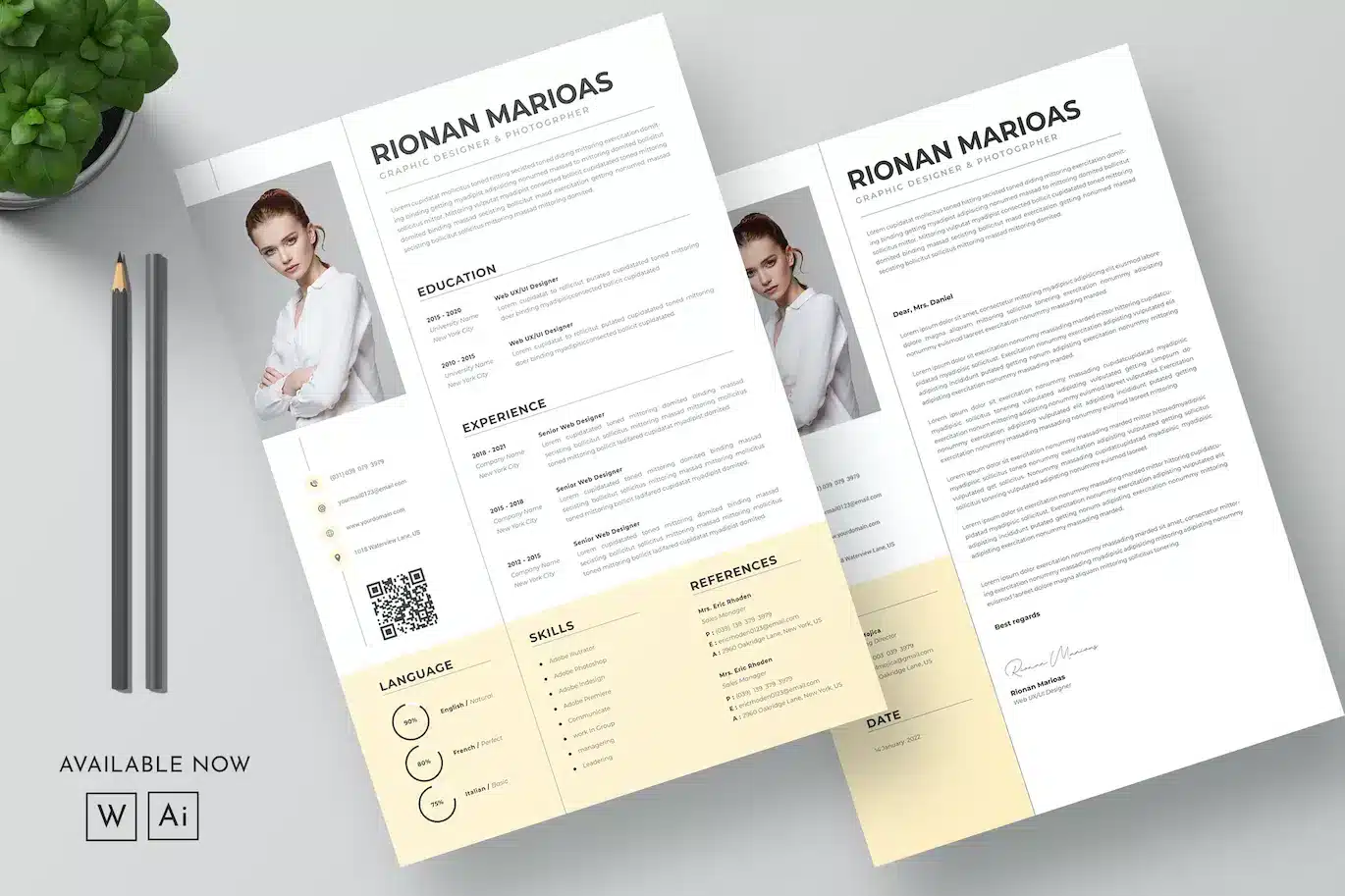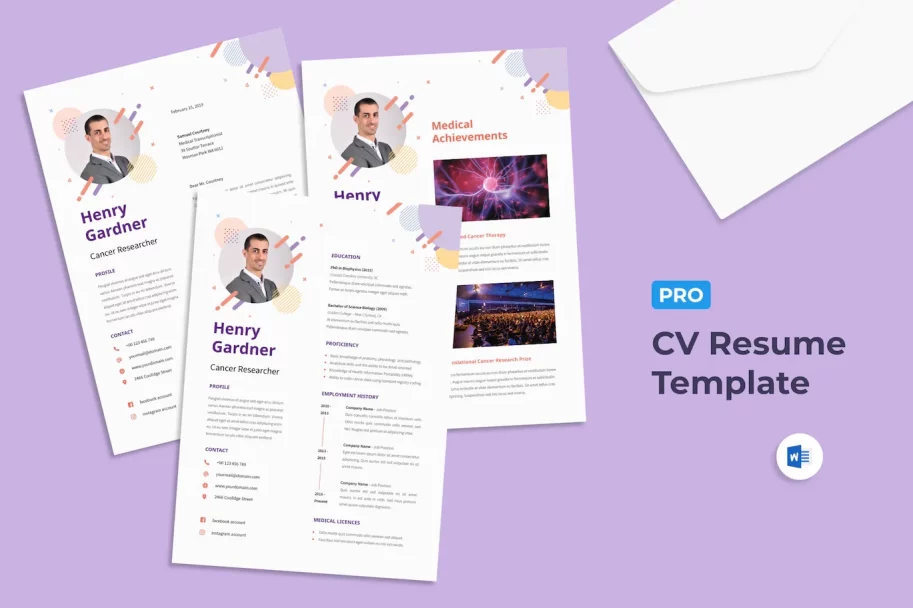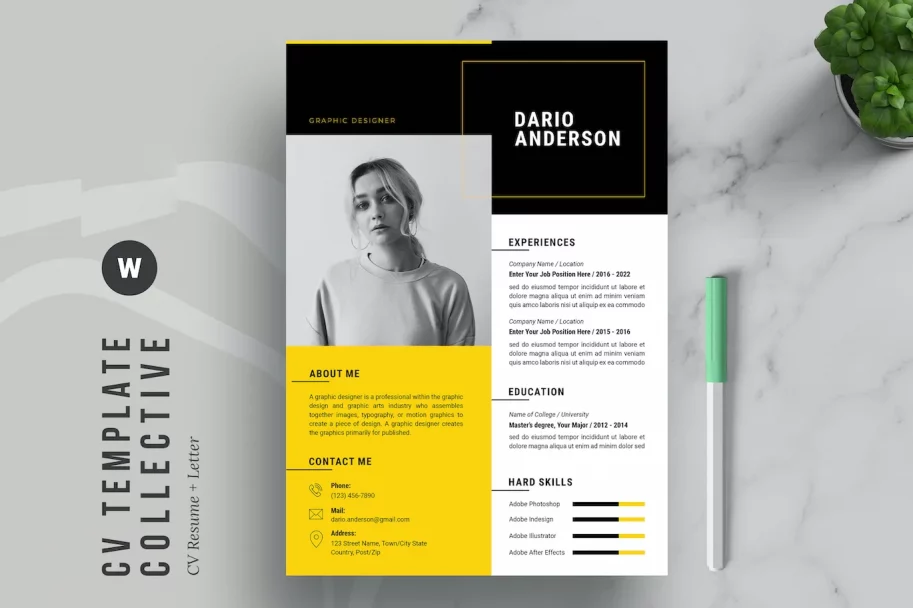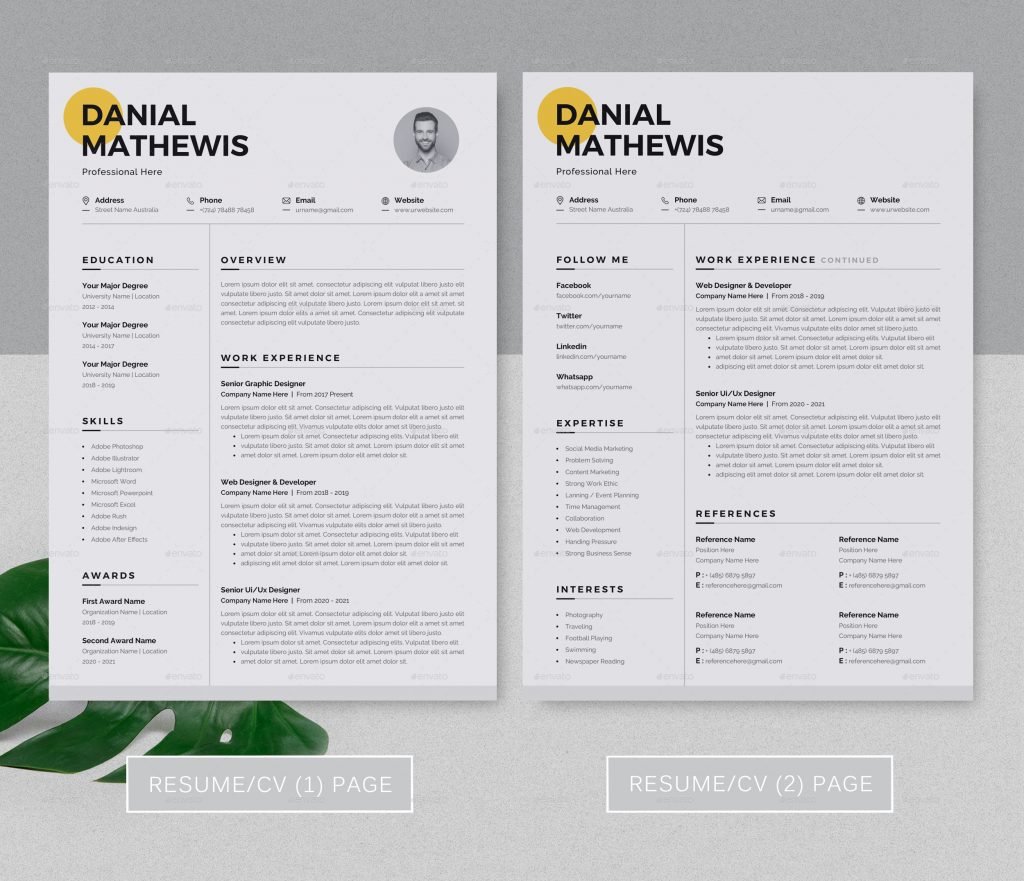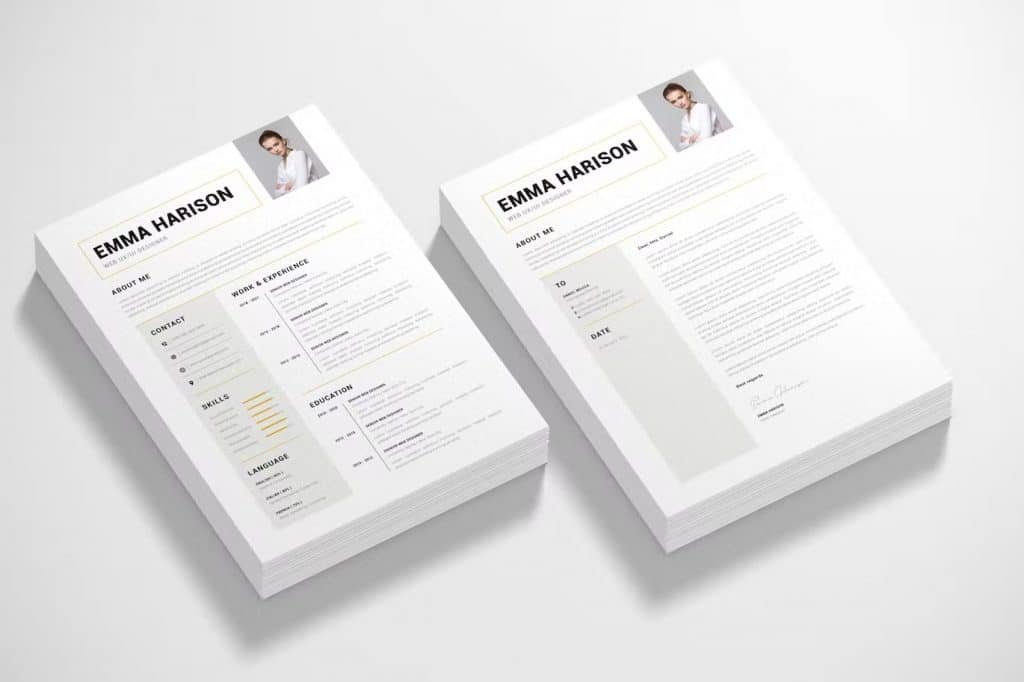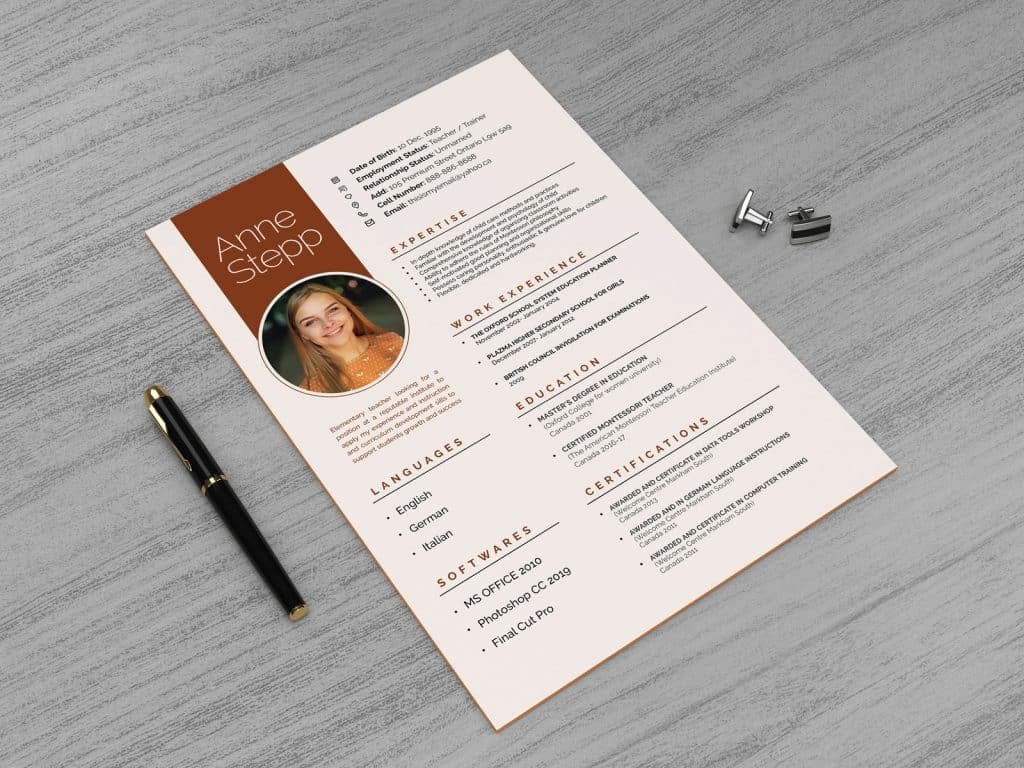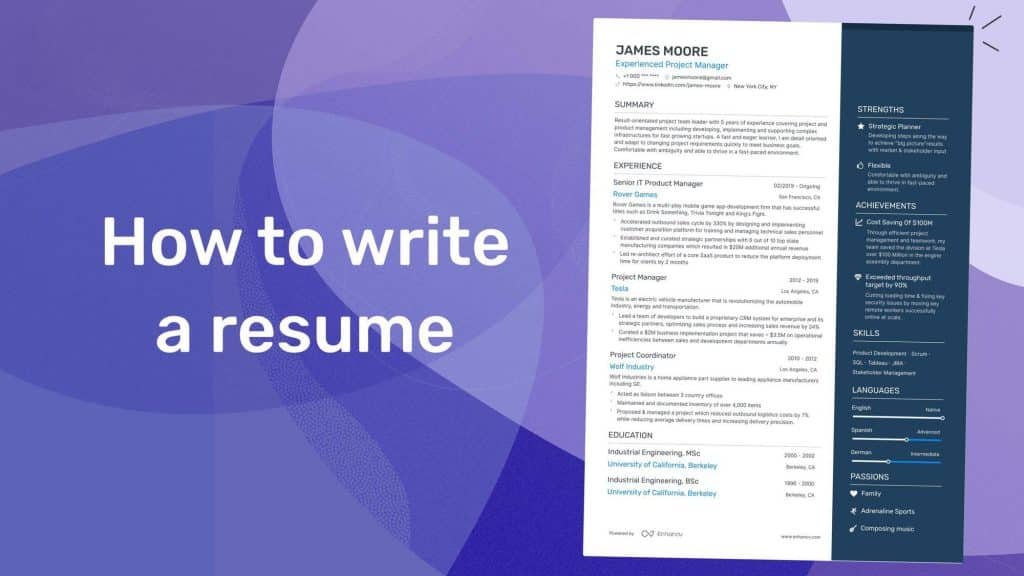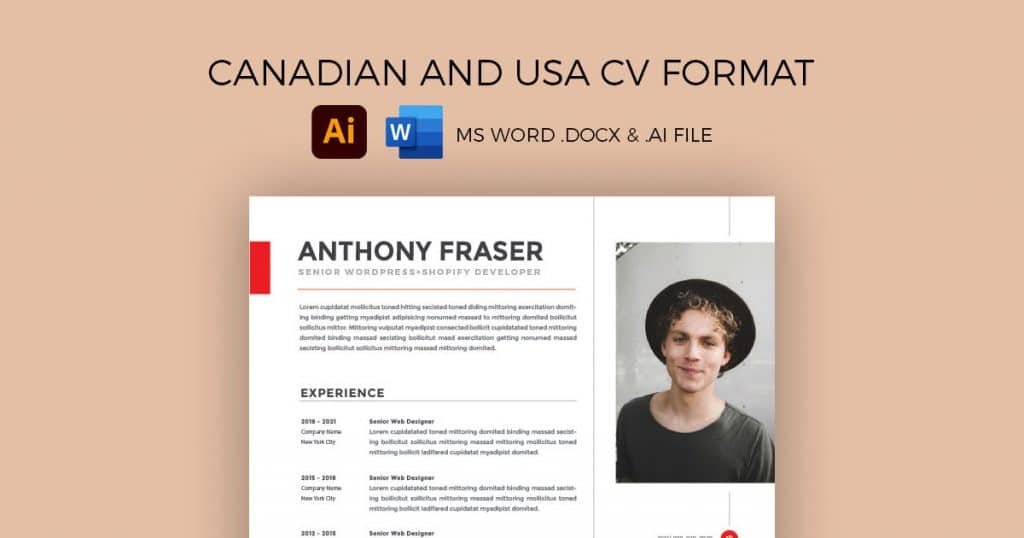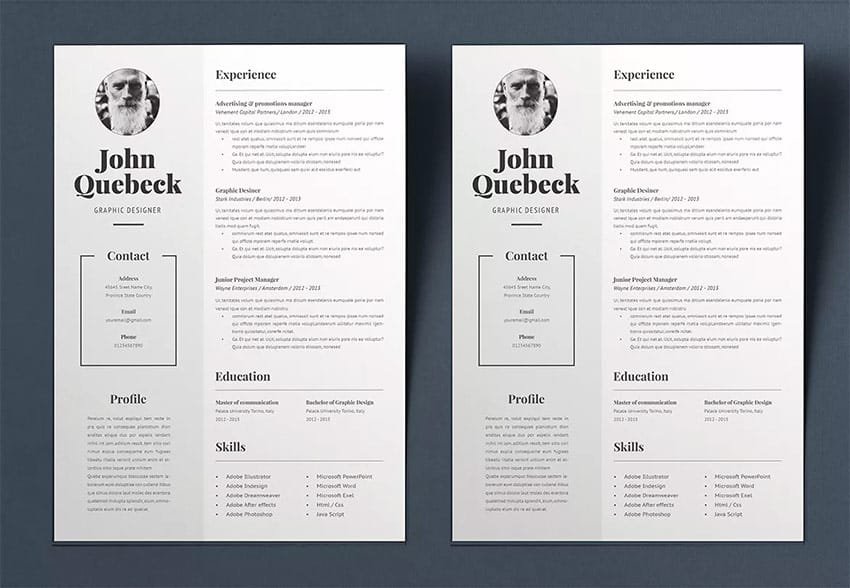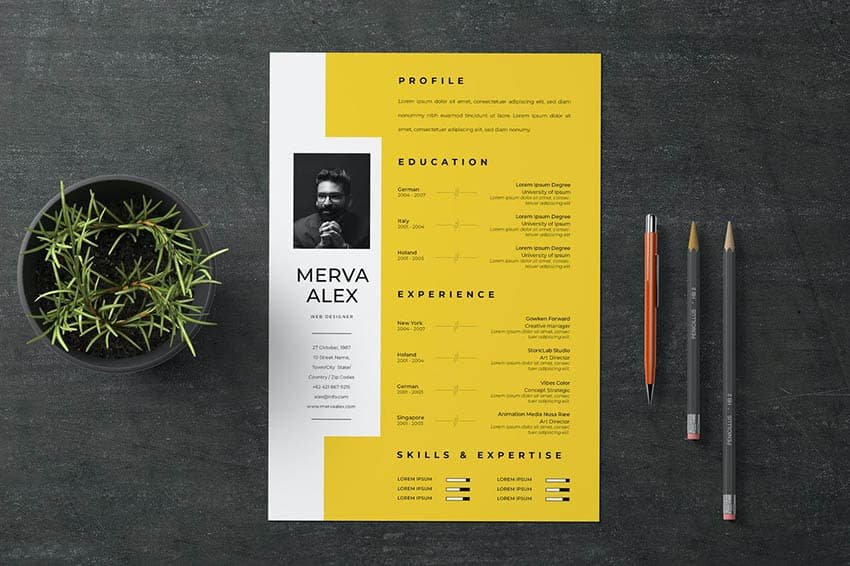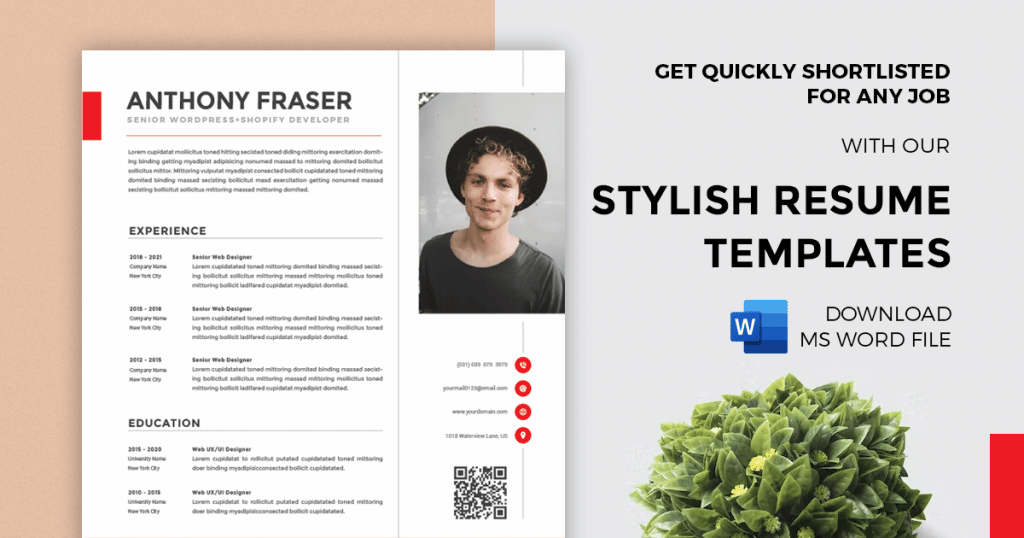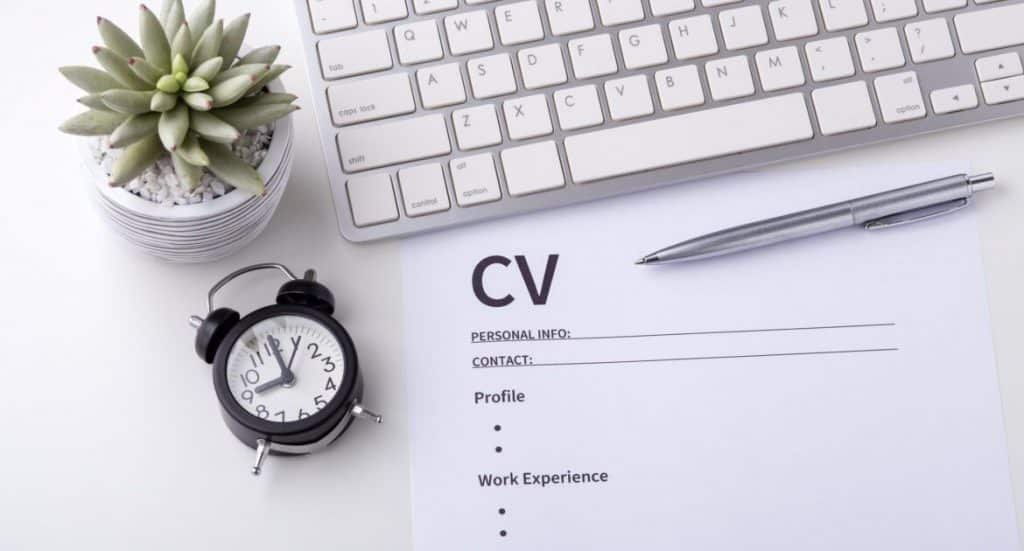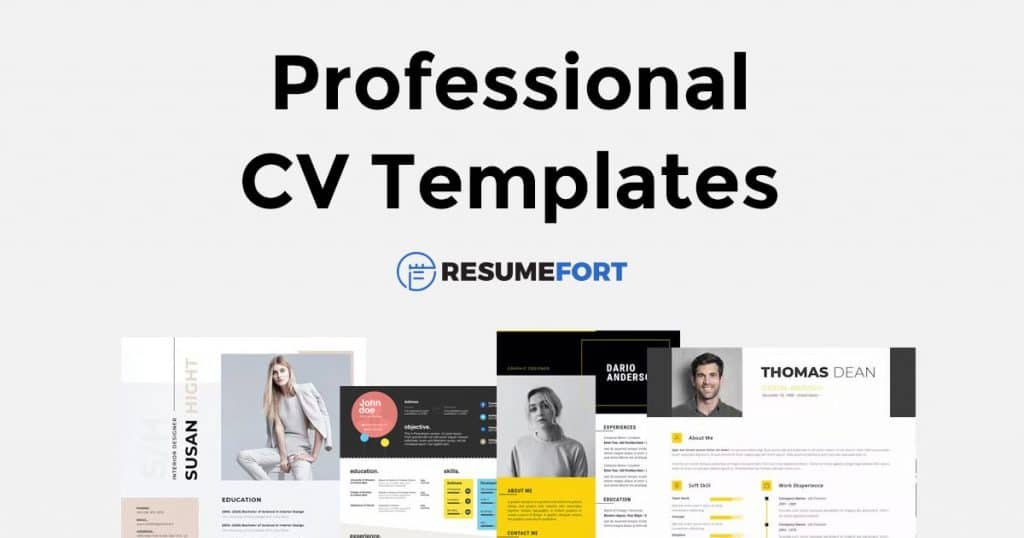Table of Contents
In order to obtain your ideal job in Canada in 2023, you may need to have a well designed CV (curriculum vitae) that adheres to the Canadian CV format. The Canadian CV format used in Canada may be different from that of other nations, therefore it’s critical to comprehend the demands and expectations of Canadian employers in 2023. In this post, we’ll provide you some important pointers that will help you understand the Canadian CV format in 2023 and improve your chances of landing a job.
Following are some major advantages of utilizing the Canadian CV Format in 2023.
Keep it Concise and Relevant:
It’s crucial to keep your CV brief and pertinent to the job you’re looking for while using the Canadian CV format. Stay away from long resumes that go into unneeded depth or contain unrelated material. Instead, focus on highlighting your relevant skills, qualifications, and experiences that directly align with the requirements of the job. Make your CV specific to each job application in order to maximize its impact.
Include a Professional Summary:
A professional summary at the top of your CV should include a quick rundown of your qualifications, work history, and professional objectives. Each job application should include a unique version of this section that highlights your most important skills and accomplishments. To capture the interest of potential employers and persuade them to continue reading, keep it succinct and interesting.
Highlight Your Achievements:
It’s crucial to highlight your accomplishments and efforts in your past employment in the Canadian CV format in 2023. List your successes in bullet points and, if you can, provide numbers. Instead of stating “Managed a team,” for instance, use “Successfully managed a team of 10 employees, resulting in a 20% increase in productivity.” This demonstrates your influence and worth as a candidate, which is helpful.
Emphasize Your Skills:
Make sure to emphasise your relevant abilities in your CV because Canadian businesses place a high priority on skills and competences. List your technical, soft, and transferrable talents that are pertinent to the position you’re seeking for in the skills part of your resume. Project management, leadership, communication, and technical expertise are a few examples of these abilities. Be detailed and give instances from your prior positions where you have used these talents.
Include a Professional Experience Section:
In 2023, a significant portion of the Canadian CV format will focus on the professional experience section. In reverse chronological order, include your prior employment history, beginning with your most recent position. Include the name of the firm, your title, the dates you worked there, and a brief summary of your duties and accomplishments in each position.
Education and Certifications:
Include a section that outlines your education and any relevant certifications or licenses you hold. List your degrees or diplomas, the institution’s name, the dates you attended, and any academic honors you may have received. Include any pertinent qualifications or licenses that you may hold, such as a professional designation or specialized training, in this area.
Keep it Professional:
The Canadian CV format places a strong emphasis on professionalism, so make sure your document is clean, well-organized, and free of typos. Keep your CV’s layout consistent throughout by using a simple, expert typeface like Arial or Calibri. Make your material clear and logically organized by using bullet points, headers, and subheadings.
Customize for Each Job Application:
There is no one size fits all when it comes to CVs. For each job application, customize your resume to make it pertinent and focused. Review the job description and the prerequisites, then adjust your resume as necessary. Emphasize your credentials, experiences, and talents that are most pertinent to the position you’re applying for.
Proofread and Edit:
Make sure to properly examine and revise your resume before submitting it. Search for any
Frequently Asked Questions FAQs
Are there any disadvantages to using a resume template?
While resume templates offer convenience, they may not always be the best fit for every situation. Some disadvantages include the risk of using a generic format that lacks uniqueness and personality. Additionally, if not customized properly, a template may not effectively showcase your specific qualifications and achievements. It’s essential to strike a balance between using a template as a starting point and tailoring it to reflect your individual strengths.
Can I use a resume template for a creative or design-related field?
While resume templates can be useful in any field, including creative or design-related industries, you might want to consider templates that allow for more visual elements and showcase your creativity. Look for templates that offer unique layouts, graphics, or sections specifically designed to highlight your portfolio or creative skills.
Should I use a chronological or functional resume template?
The choice between a chronological or functional resume template depends on your work experience and career goals. A chronological template is suitable if you have a consistent work history and want to highlight your progression over time. On the other hand, a functional template focuses more on your skills and achievements, making it ideal for individuals with employment gaps or those changing careers.
Can I use a resume template for different industries or job roles?
Yes, many resume templates are versatile and can be adapted for various industries and job roles. However, it’s important to ensure that the template aligns with the specific requirements and expectations of the industry or position you’re applying for. You may need to make adjustments and tailor the content accordingly.
Are resume templates customizable?
Yes, most resume templates are customizable. You can modify the template’s sections, headings, fonts, colors, and overall design to suit your preferences and needs. This allows you to personalize the template while still maintaining a professional format.
Where can I find resume templates?
Resume templates are available from various sources. You can find them online on websites that specialize in resume templates, job boards, or career resource websites. Additionally, word processing software like Microsoft Word or Google Docs often include built-in resume templates.
Why should I use a resume template?
Resume templates offer several advantages. They save time by providing a structured layout that you can fill in with your information. Templates also ensure consistency and a professional appearance. They can be particularly helpful for individuals who are not familiar with resume formatting or those who want to create a visually appealing resume.
